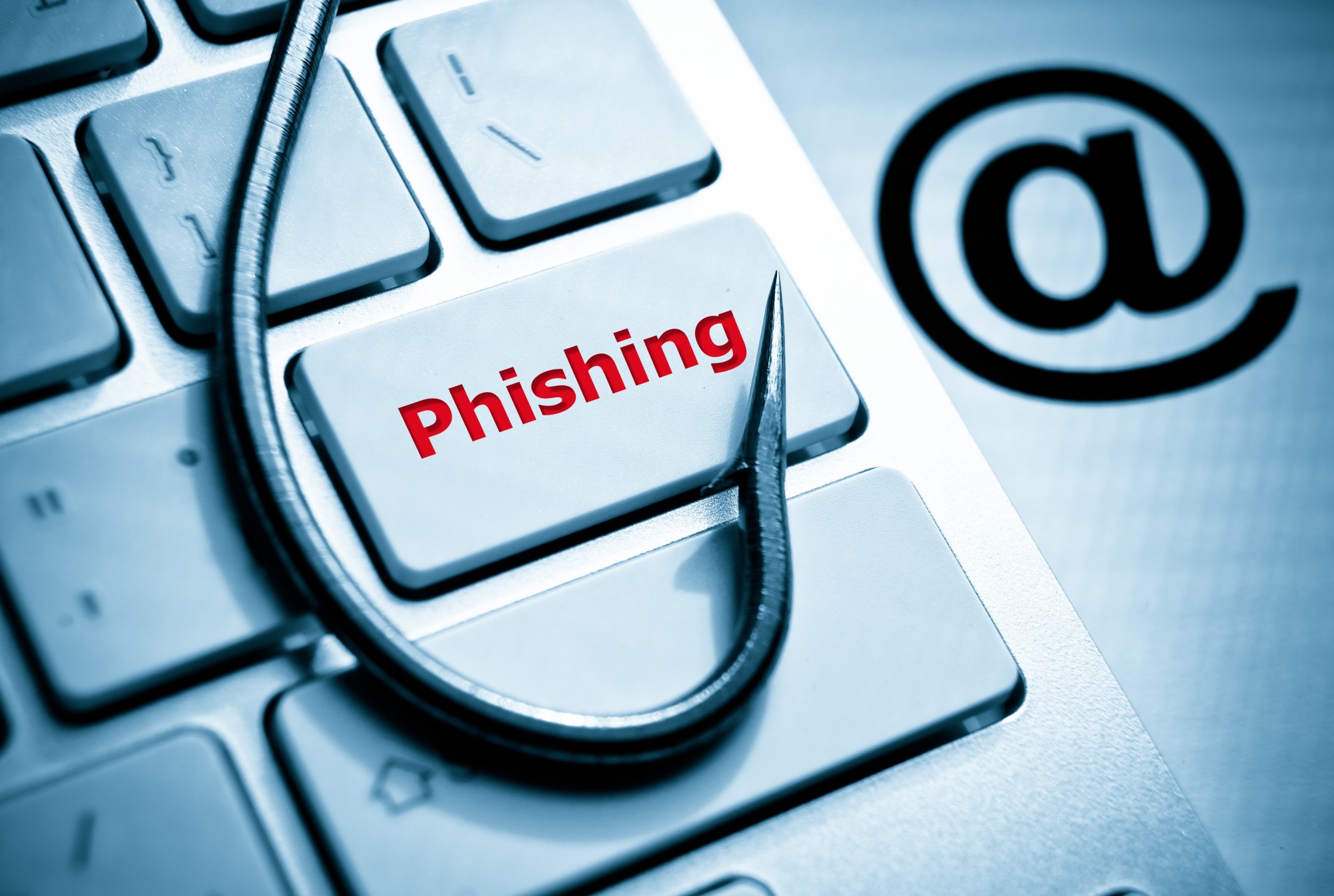During the first quarter of 2020, scam emails made up an average of 54.61% of worldwide email traffic. From product ads to sophisticated phishing scams, you need to constantly guard your personal information against prying eyes.
Today’s email programs do a fair job of filtering out SPAM and other scam emails, but some still get through. It is important to be cautious when opening an email. This is a proposition that may seem daunting at first.
There is good news. There are several ways to identify and avoid phishing and other scams. Here are a few strategies you can use to help fight off SPAM.
Phishing for Information
What is phishing? Phishing is an attempt to collect personal information by disguising themselves as trustworthy companies in emails. When you receive a phishing email, it would be easy to mistake it for a legitimate email.
These types of messages can range from the notorious “Nigerian Prince” emails to a sophisticated copy of an email from your boss. They can contain deceiving language and sometimes limited personal information to draw you in.
Phishing scams come in several varieties. Email advertising is the most common, but there are a few others to watch out for. Some of these are harder than others to detect.
Credit card related scams prey on the fear of having our credit cards stolen. Scammers send email notifications pretending to be big banks or other financial institutions to get you to click on a link.
Bank related scams are similar, sometimes relying on the confusion when one bank buys another to place a sense of urgency on clicking a link. They use language that implies that you will lose your account is you do not respond and soon. The body of the email often looks sloppy, with a lot of grammar mistakes.
On occasion, it’s possible to find yourself on an unsafe website, maybe by mistyping the URL into your browser. The scammers that own these mistyped URLs put up websites that look very much like their legitimate counterparts. These sites can open pop-ups that look very legitimate.
Defense Against Scam Email
The best defense against phishing emails is to never click a link or open an attachment. These are the most common ways phishing scams get their information. If you suspect an email is a scam, there are a few things you can do.
Report the email as SPAM. All modern browsers and email clients have a way to mark a message as SPAM. They also have a way to report the phishing email to either the browser’s SPAM filters or the company that the message pretends to be from.
Many companies have dedicated phone lines and email forms to report phishing scammers that use their name and brand to get your personal information. Companies understand that scammers pose a threat to them, as well, and make sure there are channels to get the word out.
The last thing you should do when you have a suspected phishing email is to simply delete it. You also should empty your SPAM email box regularly. They can’t get your information if you don’t interact with the email at all.
Best Defense Is a Good Offense
Be skeptical of emails that ask you for personal information. Most companies will never send an email request for your information. If the email asks for any, call the official number on the statements or bills you get from the company and inform the company that a phishing attempt was made.
Another thing to do is, check with your local IT company. Many of them have solutions to help filter phishing emails before you see them. They may have specific people that are there to help with reporting the suspected scammer.
Along with this, there are ways you can take preventative measures to minimize how many phishing emails you receive. Some are more complicated than others, but all of them can help keep your email cleaner.
New types of phishing scams appear every day. Keep yourself apprised of what types of scams are out there. News sites, especially tech news sites will report on new types as they are found.
Keeping an eye on your accounts is another good way of catching illicit activity before it happens. Check your bank and credit card statements for fraud can protect from bank and credit card related phishing scans.
Other Defense Strategies
Today’s common browsers can be customized to include an anti-phishing toolbar. These scan a website against a list of known phishing sites and alert you to them. This is a good extra layer of precaution.
If you look at the URL bar while you are browsing, most trusted and secure websites will have “https” at the start of its address. This is how you know a site will most likely be safe from phishing attacks.
A few other things you can do that are smaller, yet make a huge difference in keeping yourself safe online are:
- Frequently changing your passwords
- Running a firewall or antivirus
- Keep your browser up to date
- Be wary of pop-ups
- Never give out personal information
Prudence Is Key
Falling for a scam email puts you and your information at risk from cybercriminals, hackers, and other malicious actors. Use these tips to stop and report phishing scams before they become a problem.
Are you looking for more information on staying safe online? Check out the rest of our site for more!

Leave a Reply